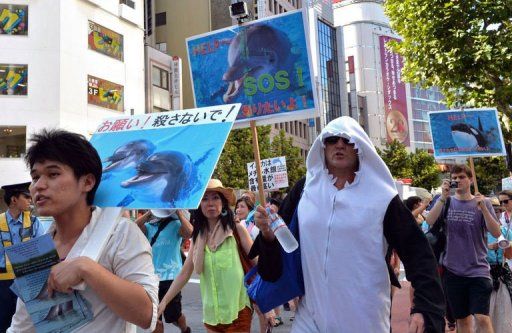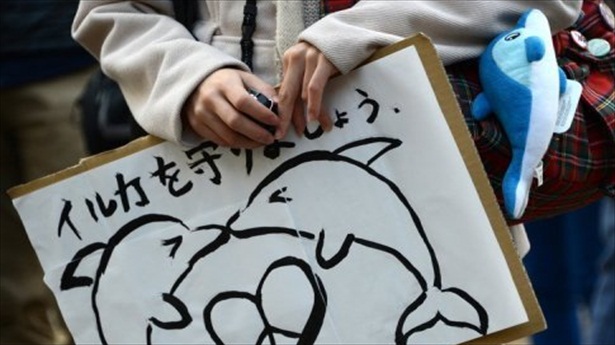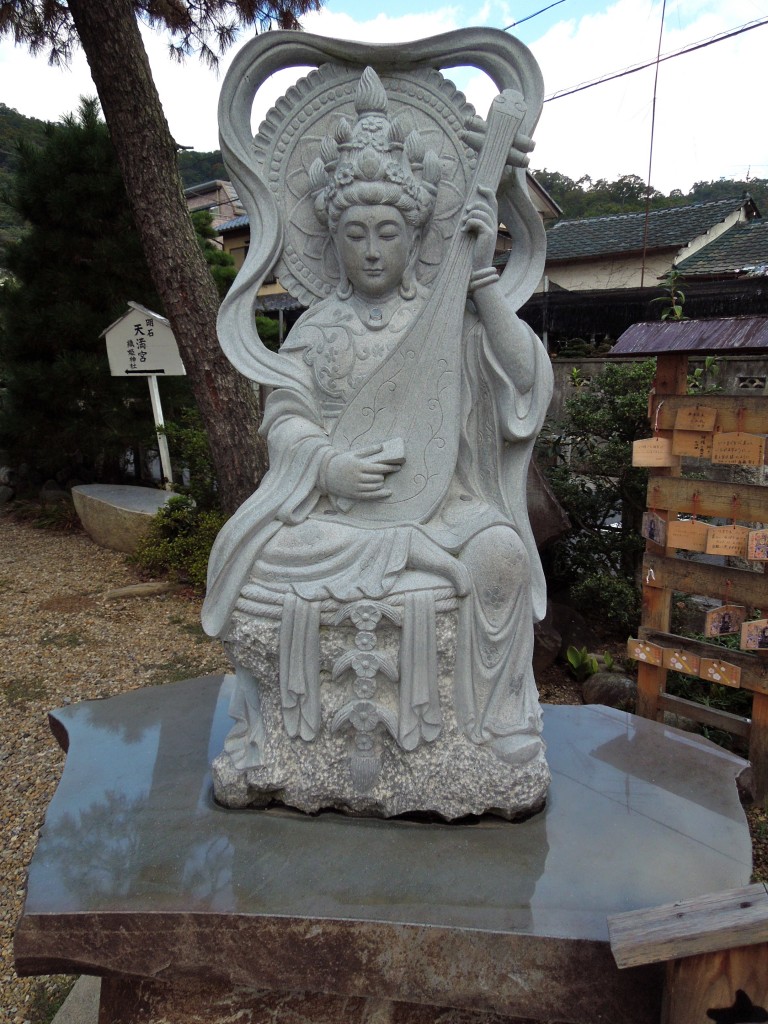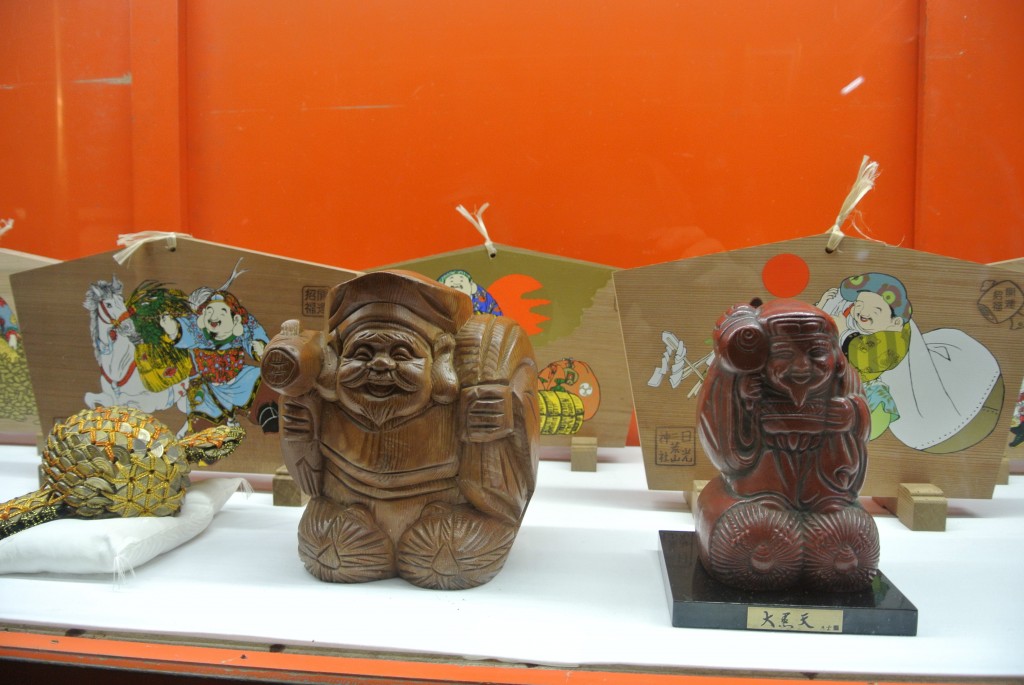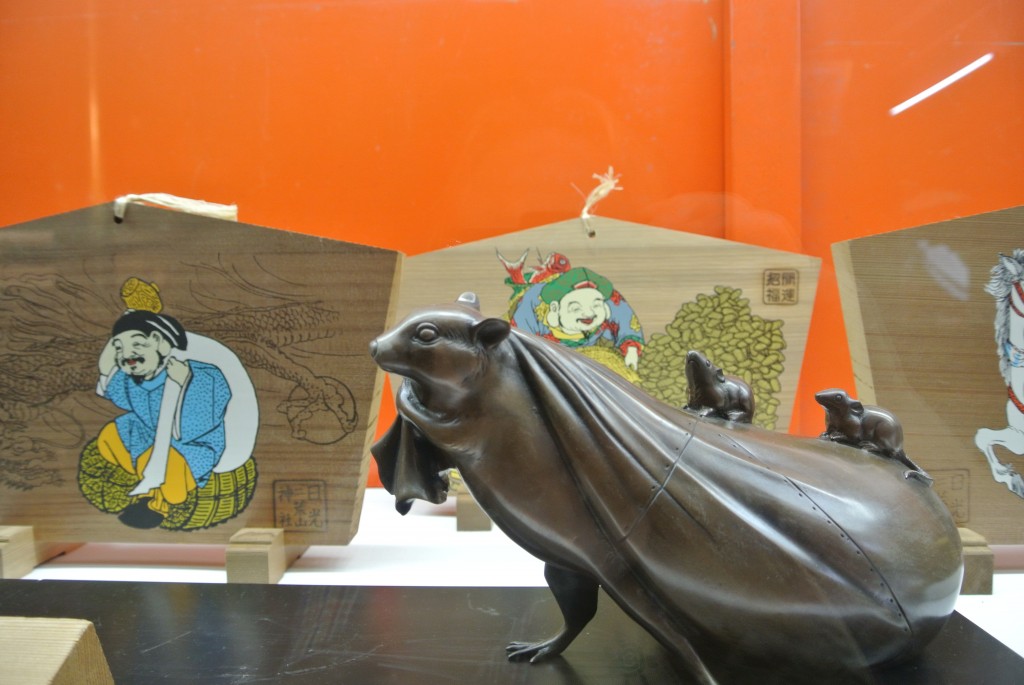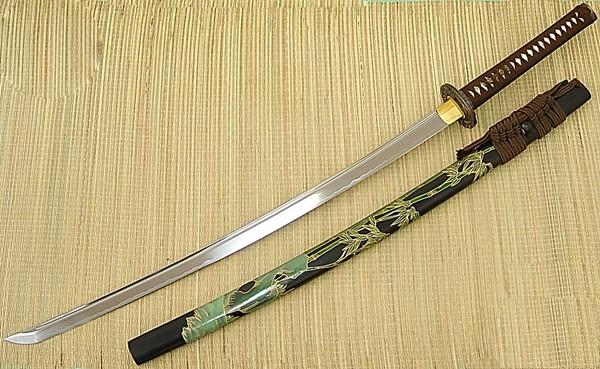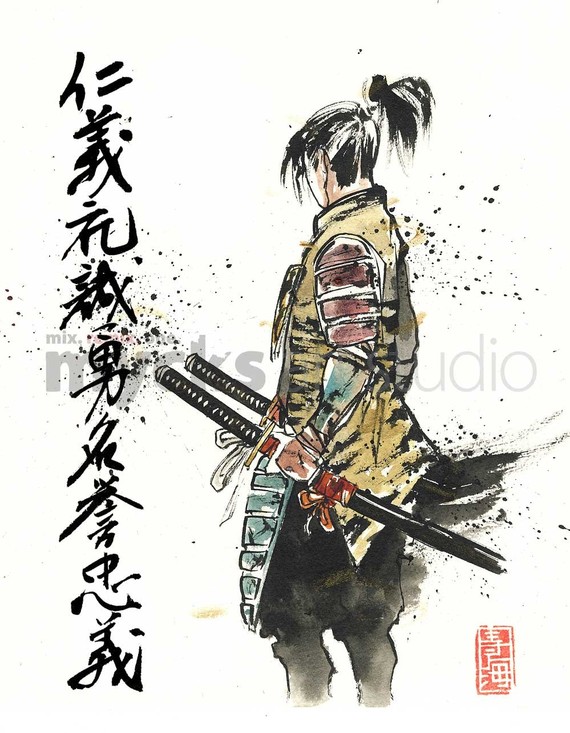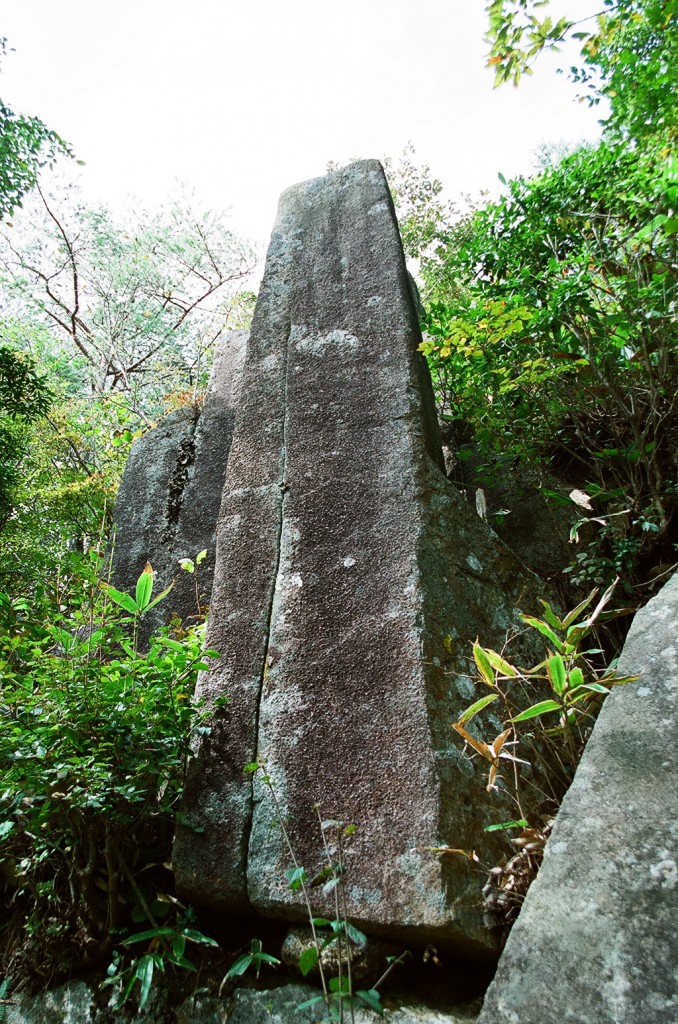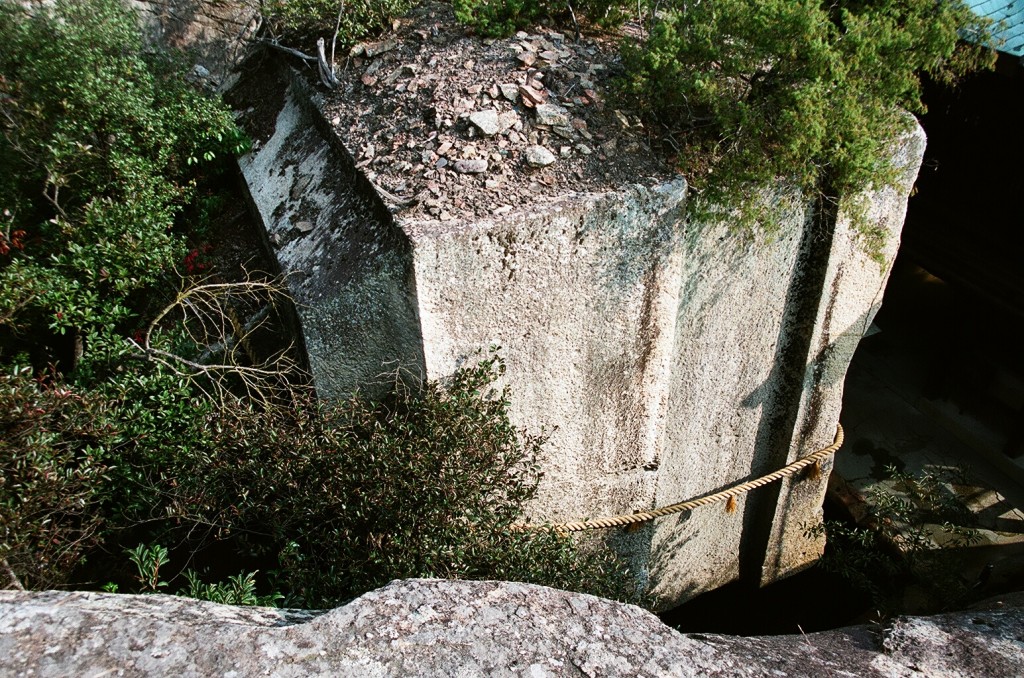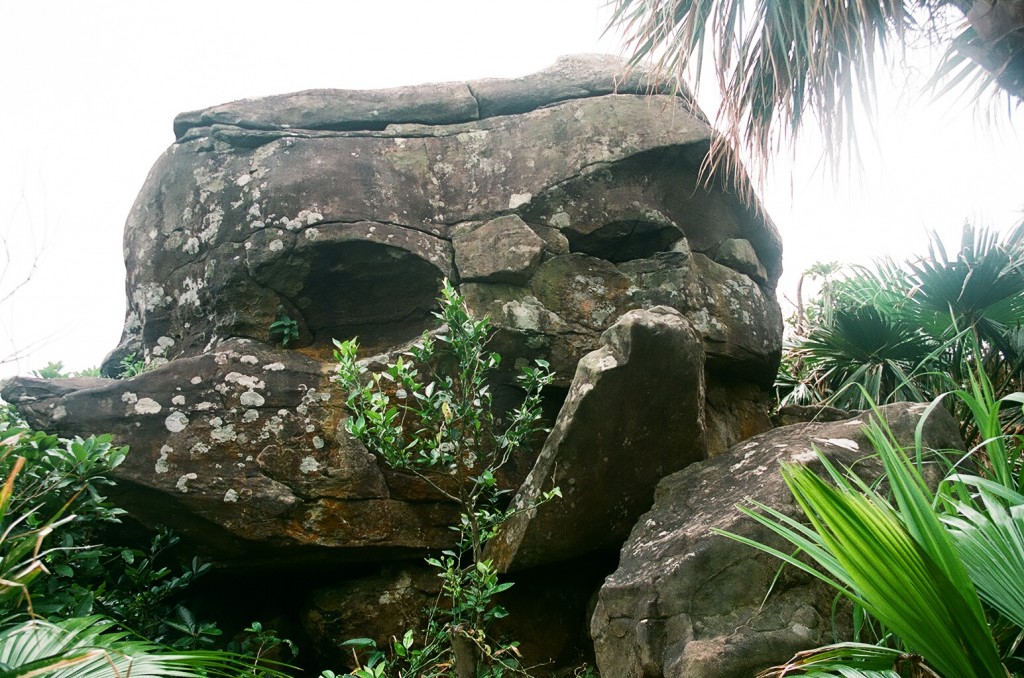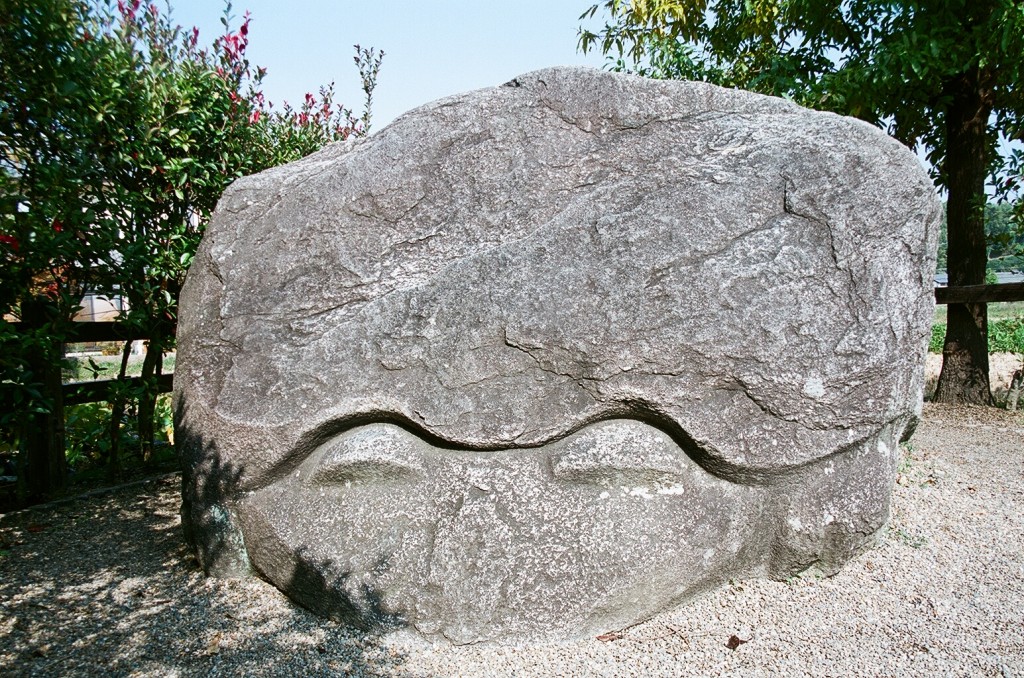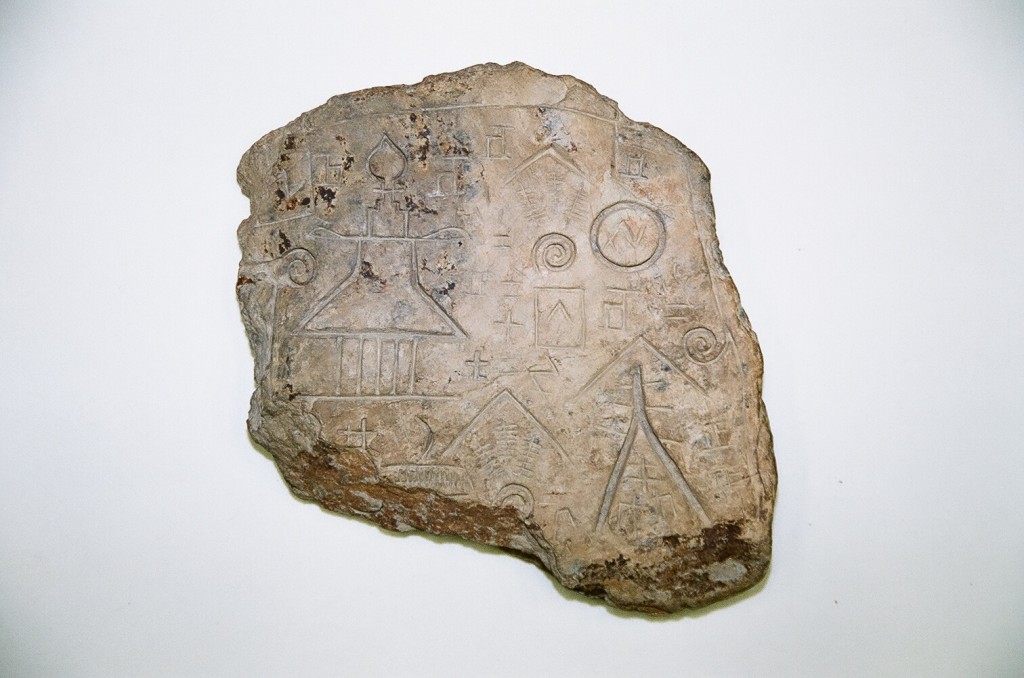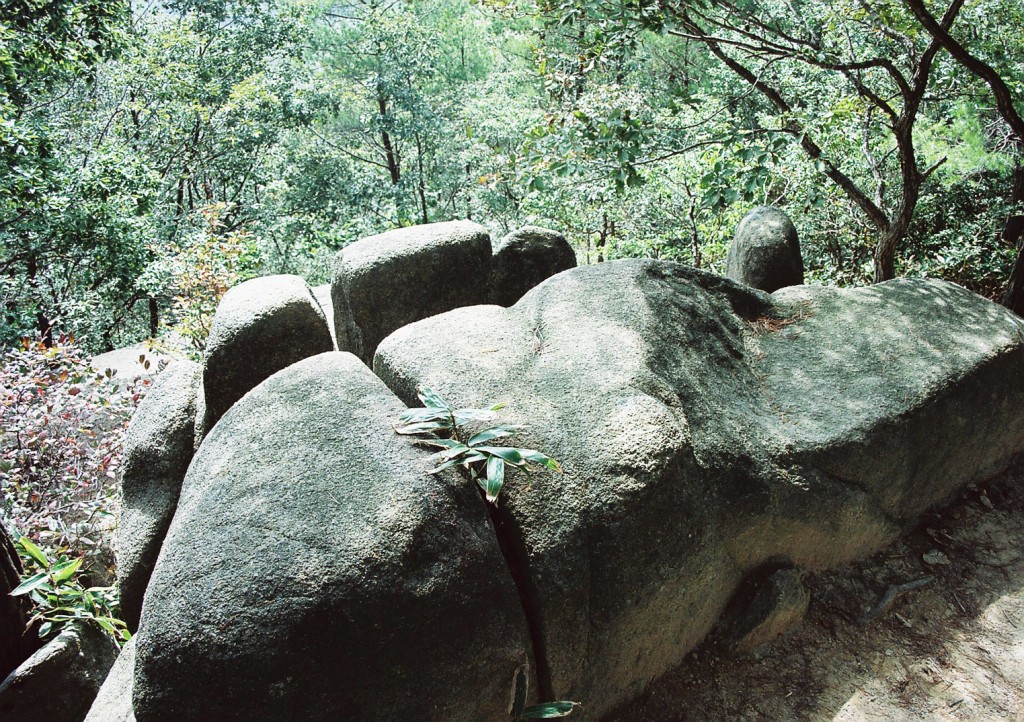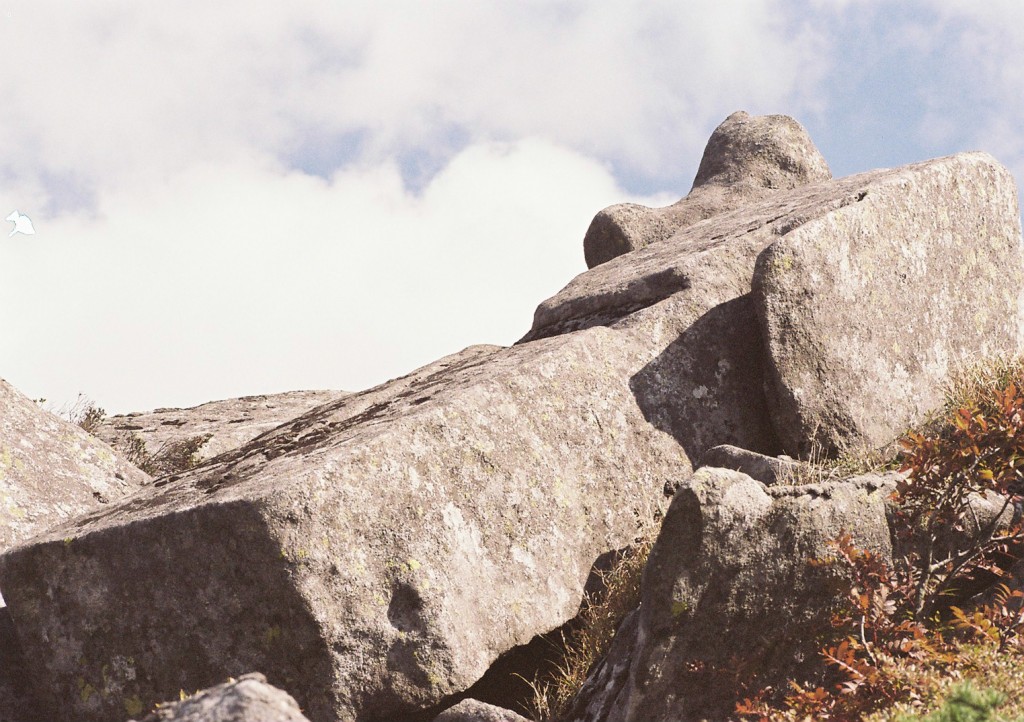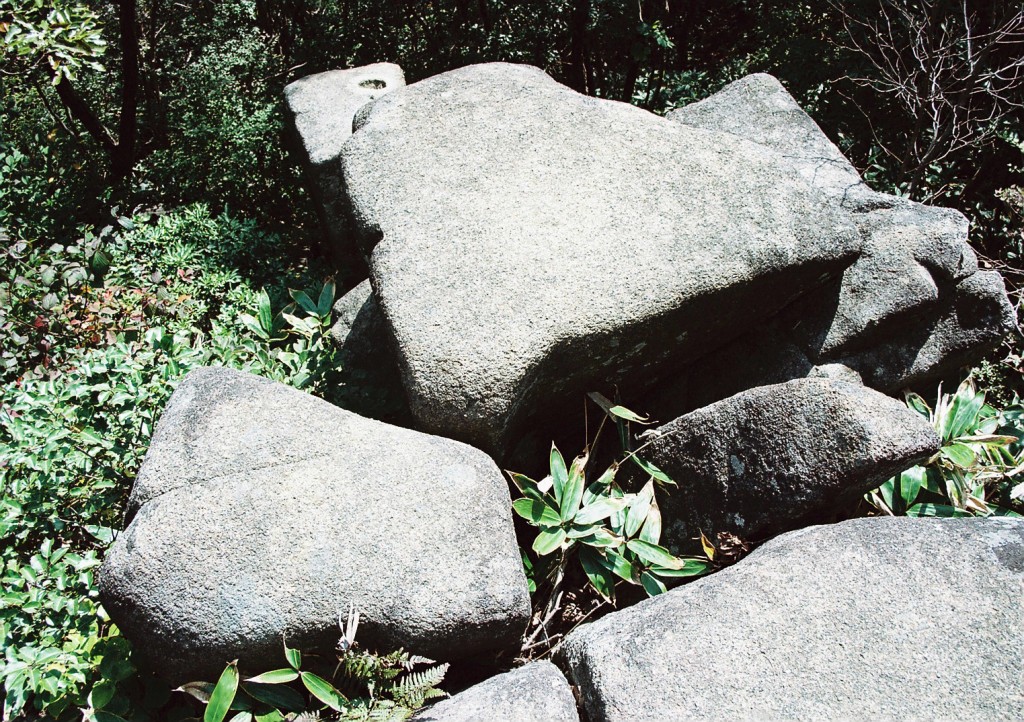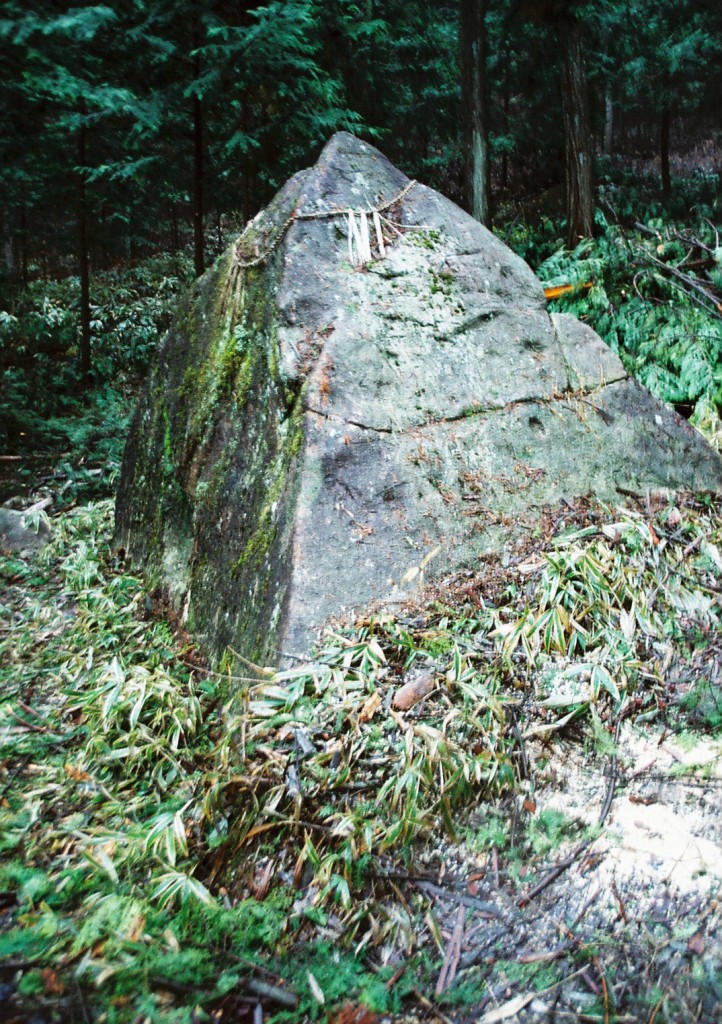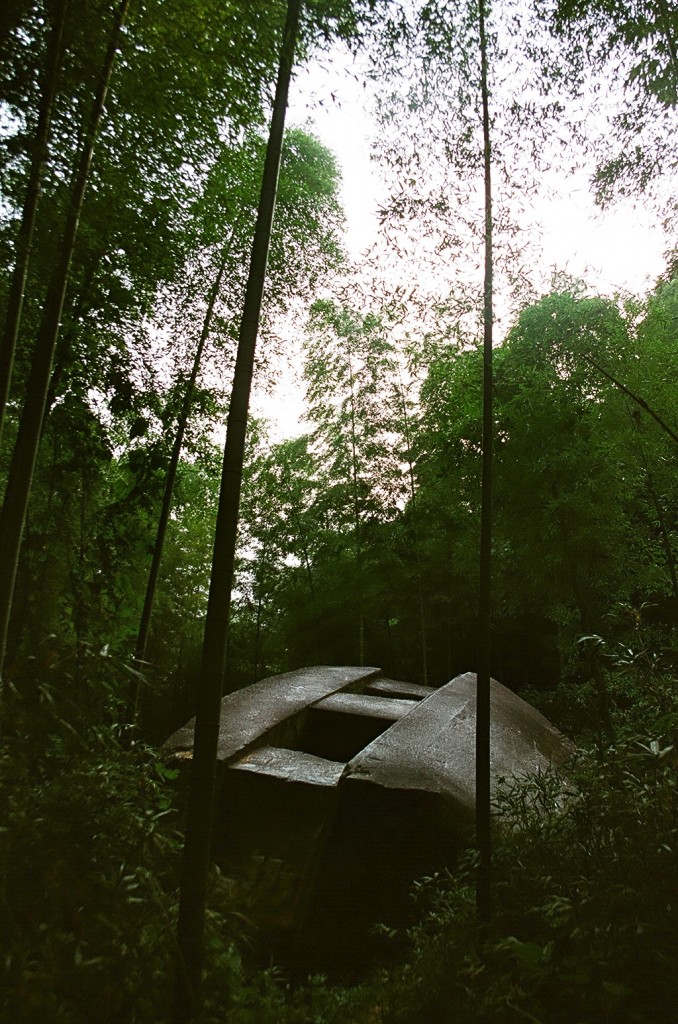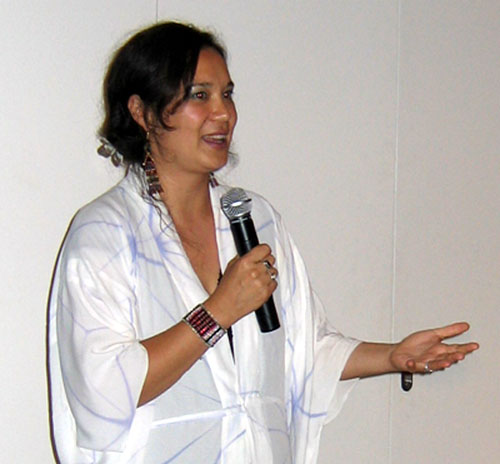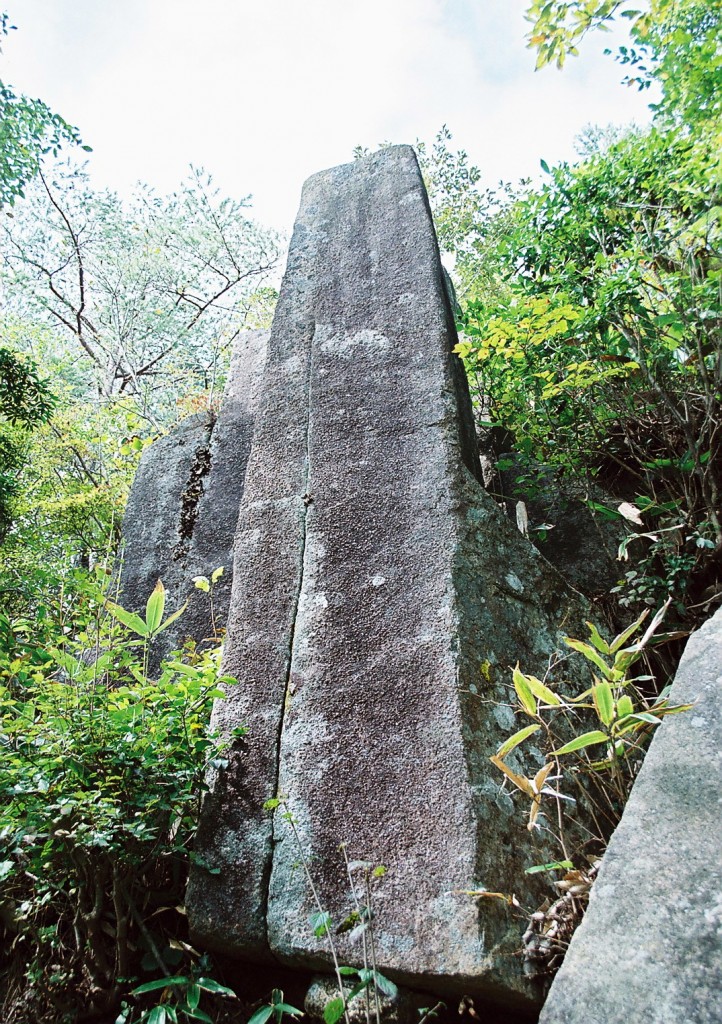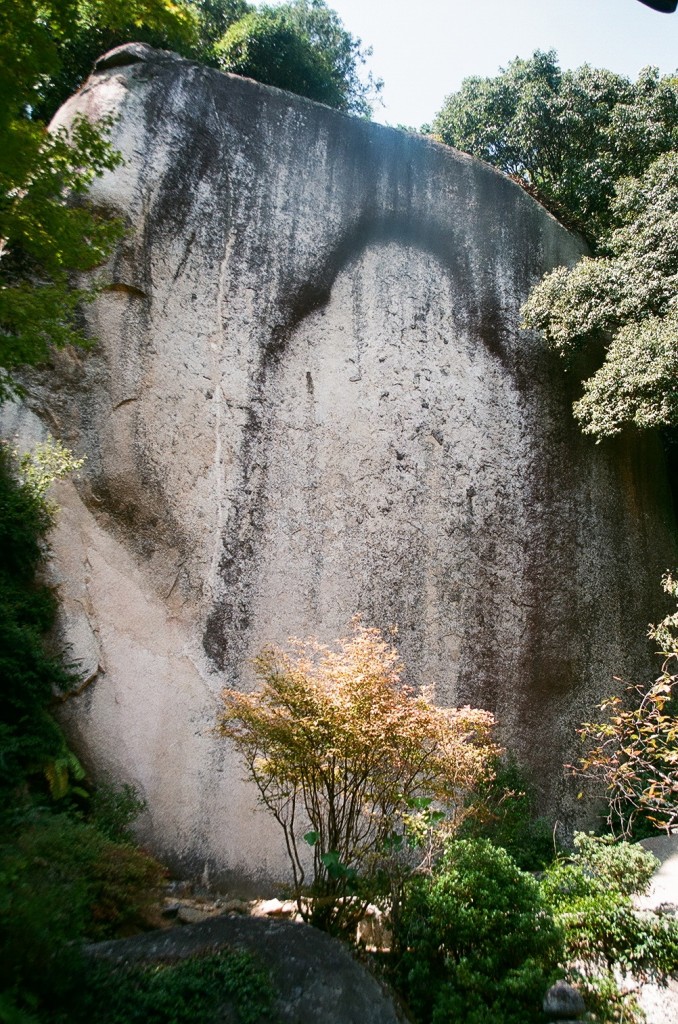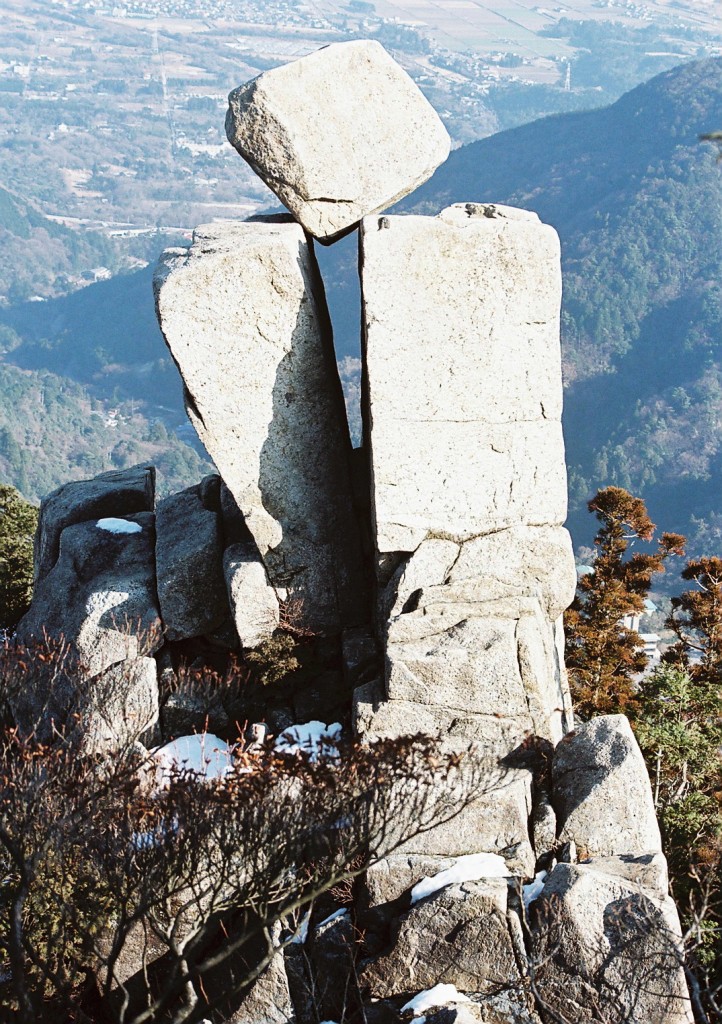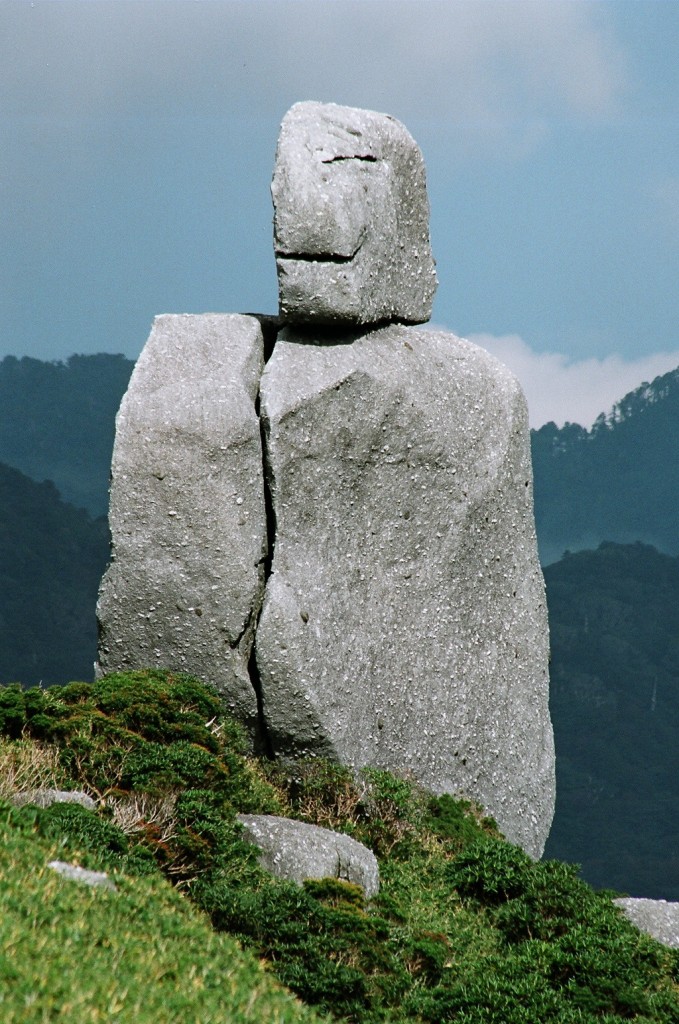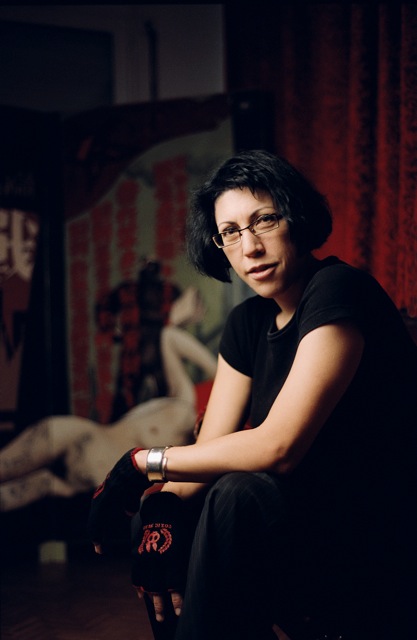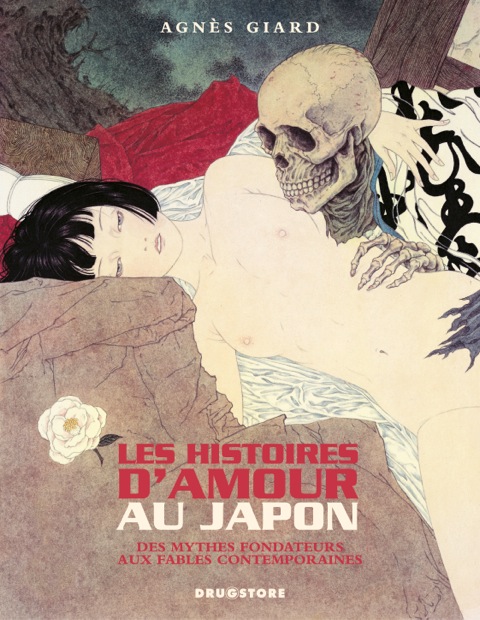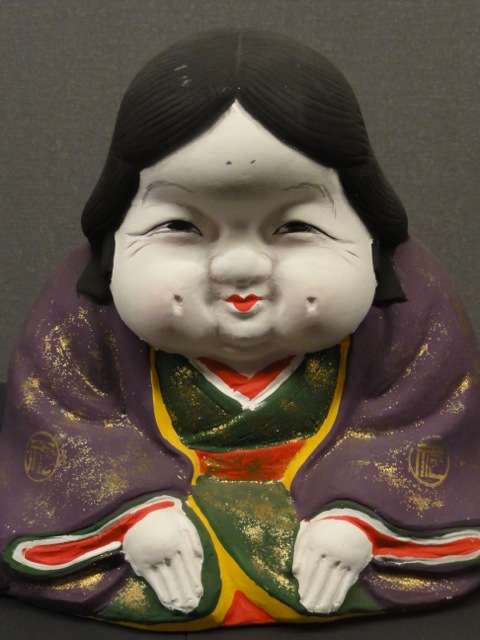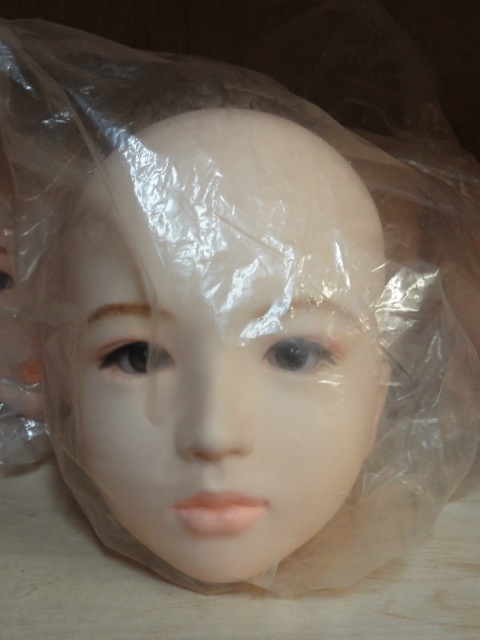Today is August 15, and once again rightist politicians in Japan are utilising the commemoration of the ending of WW2 to assert a revisionist agenda. Japan Today reports as its lead story: “Prime Minister Shinzo Abe broke with two decades of tradition Thursday by omitting any expression of remorse over Japan’s past aggression in Asia”. Also making headline news was the visit of Cabinet ministers to Yasukuni Shrine and the sending of an offering by prime minister Abe.
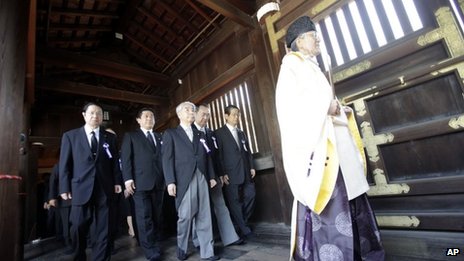
Cabinet ministers visiting Yasukuni (courtesy BBC)
Since the Abe-led government took power, the intrusion of politics into Shinto matters has taken a high profile because of the ties with the right-wing. While it’s generally said that Shintoists tend to be conservative, it’s unfortunate that those on the right see Shinto as an ideological crutch for their nationalistic agenda.
There’s little doubting that the current Abe administration is hawkish, nationalistic and reactionary. It supports nuclear power, a bigger military and a stronger Japan. Part of its agenda is a return to ‘traditional values’, with an emperor figurehead supported by a Shinto ideology as in pre-war times. This politicisation of Shinto is what lies behind the determination of cabinet ministers to visit Yasukuni Shrine.
Of the current cabinet, no fewer than 14 members belong to the Shinto Political Alliance Diet Members’ Association (Shintou seiji renmei kokkai giin kondankai). Matthew Penney, Assistant Professor in the Department of History, Concordia University, Montreal, summarises their views in this way:
This group is dedicated to “restoring Japanese-ness” by promoting Shinto values. They oppose female imperial succession, promote official visits by prime ministers to Yasukuni Shrine, and oppose the construction of a non-religious site of war commemoration and the ‘removal’ of the spirits of war criminals from Yasukuni, push for constitutional revision and patriotic and moral education, oppose free trade of agricultural products because of what they describe as traditional ties between rice cultivation and Shinto, oppose giving permanent residents the right to vote in local elections and the sale of forest land, water resources, or ‘important property’ to foreigners, and oppose separate family names for married couples and “gender free education” which they see as examples of support for equality between the sexes gone too far.
If that isn’t worrying enough, then a look at some of the other groups to which cabinet members belong shows how strong is the determination to return to prewar values. It bodes ill for the future direction of Shinto in this country. Far from moving towards an open, environmental and international form of Shinto, these revisionists seek a narrowly Japanese and chauvinistic religion at the will of the state. The battle for the soul of the nation grows increasingly intense.
*************************************************
Political groupings to which at least one Cabinet Member belongs, and in some cases several ministers…. (courtesy Japan Focus)
Yasukuni: (Minna de Yasukuni Jinjya ni sanpai suru giin no kai – Association of Diet Members for Worshiping at Yasukuni Shrine Together)
As the name suggests, this is a group of Diet members who vow to visit Yasukuni Shrine each year on August 15. The group was founded in 1981 although it has fractured and been reformed several times since. In the last five years, between 40 and 50 Diet members have visited Yasukuni as a group to mark the anniversary of the end of the war. Discussion of Yasukuni’s meaning and the controversies which surround it take place in other forums such as the Shintou seiji renmei kokkai giin kondankai.
History: (Jimintou rekishi kentou iinkai – Liberal Democratic Party Committee for Historical Investigation)
This group was formed in 1993 with Abe Shinzou, then a rookie politician, as a key member. Its formation came after controversies over Japanese apologies and statements of contrition such as the Kono Statement on the comfort women system and Prime Minister Hosokawa Morihiro’s general apology to victims of Japanese aggression (both in 1993) and a shift in textbook content toward the inclusion of more material critical of Japan’s war record. The group became a key part of the conservative backlash against what they call “masochistic” history. The central assertion of the group is that the “Greater East Asia War” was not a war of aggression but rather a war to free Asia from Euro-American imperialism.
In 1995, to mark the 50th anniversary of the end of the war, the group edited a book entitled Daitoua sensou no soukatsu (A Summary Account of the Greater East Asia War, Tendensha, 1995), for which conservative scholars and pundits, including individuals like Nanking Massacre denier Tanaka Masaaki, contributed essays. Members of the group have consistently suggested that the history of Japanese war crimes (especially the comfort women system and the Nanking Massacre) has been heavily or completely falsified and that a “true” historical record is needed. Abe and others have frequently asserted that politicians should stay out of historiographical debates, which should be left to historians. They then hand pick historians such as Tanaka or journalists and pundits outside of academia who do not submit their work to peer review, such as Sono Ayako and Sakurai Yoshiko, as “representative” historians.
Japan: (Nippon kaigi kokkai giin kondankai – Diet Representative ‘Japan Conference’ Round-Table)
This group is the political wing of the Nippon Kaigi (The Japan Conference). Formed in 1997, the Nippon Kaigi organization has a broad membership outside the political center and claims over 30,000 members. When critics talk of Abe’s “conservative base”, this is what they mean.
Overall, the group is dedicated to popularizing conservative ideas – constitutional revision, moral education, the centrality of the imperial family in Japanese history and culture, and respect for the flag and anthem. They have published a range of books and pamphlets which show the organization’s basic ideological commitments including Jugun ianfu kyousei renkou ha nakatta (The Military Comfort Women Were Not Forced, 2011).
The group is particularly concerned with promoting “respect” for the imperial family and “2000 years of imperial history” and is one of the primary agents for promoting attendance at marches and events on National Foundation Day – the February 11 commemoration of the ascension of the mythical Emperor Jimmu to the throne. They are also active on a number of related issues including strong opposition to female imperial succession and parts of the broader conservative agenda such as constitutional revision.
Textbooks: (Nippon no zento to rekishi kyokasho wo kangaeru giin no kai – Diet Member Group for Considering Japan’s Future and History Textbooks)
A group of revisionist Diet members who press for the elimination of “masochistic history” (critical engagement with Japanese war crimes) from textbooks and the cultivation of “patriotic values” in schools. They wish to see the Nanking Massacre and comfort women dropped from textbooks and argue that there is no evidence that Japanese troops forced Okinawan civilians to commit mass suicide. The group oversaw the publication of the book Nankin no jissou (The Truth of Nanking, Nisshin Houdou, 2008) which asserts that mass killings and rapes did not take place at Nanking in 1937.
The group’s 2008 “investigation” of the Nanking Massacre is available in Japanese. In it, the editors describe films and documentaries about the tragedy shown in the United States as “propaganda” that “… is not only an insult to the honor and dignity of past Japanese but at present and into the future puts forward the idea that the Japanese are the cruelest race in the world….”
For members of the group and revisionists more broadly, the Nanking Massacre and similar war crimes are examples of violence that if “true” would be a stain on the Japanese race and culture. Individual or organizational responsibility is negated by the fundamental assumption that history unfolds from an ethno-cultural essence that must be defended by right thinking conservatives. With this assumption in the background, it appears that revisionists would have no choice but to deny war crimes even if they believed the historical accounts to be true so as to spare all Japanese past and present from shouldering collective responsibility. Along these lines, struggles over textbook content are seen as a form of struggle for Japan’s soul.
Constitutional Revision: (Kenpou chousa suishin giin renmei – Diet Member Alliance for Promoting the Assessment of a New Constitution)
A Diet group formed on the fiftieth anniversary of the postwar constitution in 1997 to press for constitutional revision. It includes members from multiple parties. Key goals include the overturn of Article 9 (the “peace clause”) to allow for “collective self-defense” which critics hold could open a path to unrestricted brinksmanship and Japanese participation in America’s wars.
The push for constitutional revision, long a cornerstone of the Japanese conservative platform, has been detailed in English-language scholarship and in the Asia-Pacific Journal many times. For background on the revision movement, see John Junkerman, Gavan McCormack, and David McNeill’s Japan’s Political and Constitutional Crossroads.
Japan Rebirth: (Sousei Nippon – Japan Rebirth)
A Diet group formed in 2007. Members pledge to “protect Japanese traditions and culture”, “rethink the postwar order”, and “protect Japan’s national interests and make Japan a country respected by international society”. They have hosted lectures by rightist pundits and authors such as Sakurai Yoshiko and Fujiwara Masahiko.
After the ouster of the LDP from power, the group publically accused the Democratic Party of manifesting “socialistic and totalitarian tendencies”. They pledged to stand against DPJ proposals to allow husbands and wives to have different surnames – something that the group argued would undermine “family togetherness” – and moves to allow permanent residents to vote in local elections, part of a larger pattern of assertions by conservative lawmakers that foreigners in Japan are neither loyal nor committed to the Japanese state and undermine the social order.
Fundamental Education Law Reform: (Kyouiku kihonhou kaisei sokushin iinkai – Committee for Promoting Reform of the Fundamental Education Law)
The Fundamental Law of Education is the core legal foundation for Japan’s education system. Conservatives are seeking to alter the law and Japan’s educational foundation to introduce “moral” education, bring more “patriotism” into schools, eliminate “masochistic” history, and create a more “competitive” educational environment.
The problems with Abe’s very rigid understanding of nation and patriotism are evident in assertions that education should aim to “… give students pride in being born Japanese.” He ignores the fact that there are hundreds of thousands (or more) of children of different nationalities or mixed national and ethnic heritage in Japanese schools. Abe claims that a fundamental principle of education should be, “You need to have pride if you are going to be respected by the world.” Statements such as these, seemingly innocent clichés on their own, are tied to the historical revisionist project. “Proper” history “full of pride”, not rigorous and critical engagement with the darker side of Japan’s history, is what he believes will win Japan respect from “the world” and education should be reformed to support this.
Proper Japan: 正しい日本を創る会 (Tadashii Nippon wo tsukurukai – Association for Building a Proper Japan)
Much of contemporary conservative discourse in Japan is based around the idea that the country has “gone wrong”. This is blamed on America and the “foreign-authored” constitution, consumerism, supposedly shiftless young people, “anti-Japanese” conspiracies to undermine national pride, women out of place (as in any place but the home), and other supposed betrayals of the traditional Japanese ethos.
The “Proper Japan” group was formed in 2006. According to Fukuya Keiji, a key founding member and currently Abe’s National Public Safety Commissioner, the group was created to bring together in a single forum discussions that were happening separately on constitutional revision, the Fundamental Law on Education, Yasukuni, North Korea kidnap victims, and other themes. It is essentially a space for discussion of key conservative ideas under a rhetoric umbrella of national crisis.
Rightwing publishing house PHP has produced a book entitled Nippon no seidou (Japan’s True Path, 2007) that credits the group as a collective co-author and includes contributions by members. The cover condemns “mistaken views of history”. They wish to alleviate the fears of the people by “… sharing in Japan and abroad the true facts of history and correct historical awareness different from the mistaken ‘Tokyo Trial Historical View’ in order to give Japan a clear vision of its future.” (p. 3) This is a typical turn in conservative rhetoric with everything from rising youth crime rates (a conservative myth – youth crime was far more prevalent in the 1950s) to Japan’s economic malaise (which apparently has nothing to do with ruling conservatives) blamed on “views of history”.
A “correct” understanding of the past would consist of knowledge that Japan has been a victim, first of Euro-American aggression, then of false history which was invented as part of the Tokyo Trial to rob Japan of national pride and martial spirit and force subservience to America, and then by an international conspiracy by Chinese and Koreans to invent war crimes in order to undermine Japan’s position in East Asia. If Japanese young people only knew this, it is held, social order and the economy would be restored. For the far right, historical revisionism, at least in their favored rhetorical construction, is fundamental to national survival.
In terms of specific policies, the group is in favor of official visits to Yasukuni Shrine by prime ministers and opposes the building of any non-religious commemorative site. They describe the unbroken line of emperors as “unique in world history” and wish to make awareness of the imperial institution’s “historical and cultural importance” a central part of public life.
China Memorial Photographs Protest: (Chuugoku no kounichi kinenkan kara futou na shashin no tekkyo wo motomeru kokkai giin no kai – Association of Diet Members for Demanding that China Remove Defamatory Photographs from the War of Resistance Against Japan Memorial Hall)
A group that intends to pressure China to remove photographs from its war museums that members hold to have been faked or altered. Japanese authors seeking to minimize or deny the Nanking atrocities have made a strong case that several photographs are indeed fakes (see, Higashikuni, et al., Nankin jiken ‘shouko shashin’ wo kenshou suru, 2005) but they and the Diet member group go much further in suggesting that all photographs which represent Japanese war crimes are nothing more than propaganda and should be banned.
Nanking:
Supporters of the 2008 documentary film Nankin no shinjitsu (The Truth of Nanking) directed by rightwing media producer and Channel Sakura chief Mizushima Satoru. The film and associated publications deny that widespread violence against civilians took place at Nanking in 1937, assert that war crimes were fabricated to defame Japan, and paint an affirmative portrait of Japan’s wars of the 1930s and 1940s as a selfless crusade against Euro-American imperialism. The film was screened in the Diet Building for sixteen elected members in April of 2008. Despite support from some politicians, Mizushima was not able to raise enough money to complete the film, and production is currently on hiatus.
Comfort Women Ad:
Indicates supporters of an advertisement placed in the New Jersey Star Ledger entitled “Yes, We Remember the Facts” which rejects Japanese military and government responsibility for the comfort women system. New Jersey became a site of struggle over comfort women memories after a local Korean group erected a monument to the comfort women in a public park in 2010.
The ad rehashes standard denial arguments but goes further in linking to this Youtube video described as “indispensable to the basic understanding of this issue” – Sex, Lies, and Comfort Women:
The video starts by describing how the South Korean government has supported K-pop music, suggesting that the government wields an unhealthy amount of control over Korean society and has also fabricated the comfort women issue to manipulate the public. Abe and others appear to support this insinuation. The video also argues that many Korean actresses and singers have been forced to have sex with directors, managers, and wealthy backers in order to advance their careers. This infers that Korea has a cultural predisposition toward the sexual exploitation of women, and the suffering of comfort women during the war is blamed entirely on “Korean brokers”.
This sort of commentary is apparently “indispensable to the basic understanding of this issue”. Abe and other far right politicians are careful to avoid making these types of culturalist statements in public, but here a Youtube video by rightwing netizens is employed to dig at Korea’s perceived essential “backwardness” and use it as an explanation for the suffering of women in the military brothel system while excusing the Japanese military and government from blame.
Nikkyouso: (Nikkyouso mondai wo kyuumei shi, kyouiku seijouka jitsugen ni muke kyouiku genba no jittai wo haaku suru giin no kai – Association of Diet Members for Bringing to Light the Nikkyouso Problem and Ascertaining the True State of Our Classrooms to Normalize Education)
This group, formed in 2008, posits that the teacher’s union Nikkyouso (the Nihon kyoushokuin kumiai – Japan Teacher’s Union), which has long had complex ties to the Socialist and Communist Parties and has pressed for critical teaching on Japan’s war record, is a source of “abnormal” practices. It promises to bring these practices to light and eliminate the influence of the group on Japanese education.
Rightist politicians like Nakayama Nariaki, a minister in Aso Taro’s cabinet who was forced to resign just four days after his appointment in 2008 for describing Japanese as “a homogenous people” and Nikkyouso as “a cancer”, played a key role in the group’s founding. It is because Nikkyouso has promoted alternatives to the “homogenous people” idea by promoting education on Ainu, Okinawan history, Burakumin, and other minorities, as well as leprosy sufferers, the victims of Minamata disease, and others, that conservatives like Nakayama consider the group “a cancer”. Japan’s new Minister of Education Shimomura Hakubun has allied himself with this position.
Parents and Education: (Oya gaku suishin giin renmei – Diet Member Alliance for Promoting ‘Oya Gaku’)
“Oya Gaku”(Parenting Studies) is a concept promoted by Meisei University Professor Takahashi Shirou. It is based on the premise that parents need to be educated about correct childrearing. “Correct” in this context means emulating pre-war education. Takahashi and his supporters believe that today’s parents have been infected by Nikkyouso-sponsored leftist ideology during their own school years and many are unfit parents as a result.
Takahashi has pioneered his own “science” of autism and developmental delay in children and claims that they can be reversed. He publishes mass market books and gives public presentations, but he is an education professor, not a scientist, and his work in this area has not been peer-reviewed or accepted by the scientific community. In Nou kagaku kara mita Nippon no detouteki ko sodate – Hattatsu shougai ha yobou, kaizen dekiru (Traditional Japanese Education and Brain Science – Developmental delay can be avoided or fixed) he argues that developmental delay is a product either of a lack of effort by parents or of “Westernization” undermining Japan’s traditional values. Abe is a strong supporter of what appears to be junk science.
In a 2012 letter to Abe and the Oya gaku suishin giin renmei, the Asperger Society of Japan described Takahashi’s “Oya Gaku” as “nonsense” that flies in the face of all accepted scientific evidence and promotes discrimination against children with special needs while spreading the false belief that autism, Asperger’s, and developmental delay can be explained by “improper” parenting or problems in the home.
“Oya Gaku” is supported by a variety of figures on the right including author Sono Ayako, a denier of wartime atrocities in Okinawa and now an Abe education advisor, and journalist Sakurai Yoshiko. “Oya Gaku” shows the lengths that Abe and others on the far right will go to discredit postwar education and raise “traditional” values as a type of cure-all.
